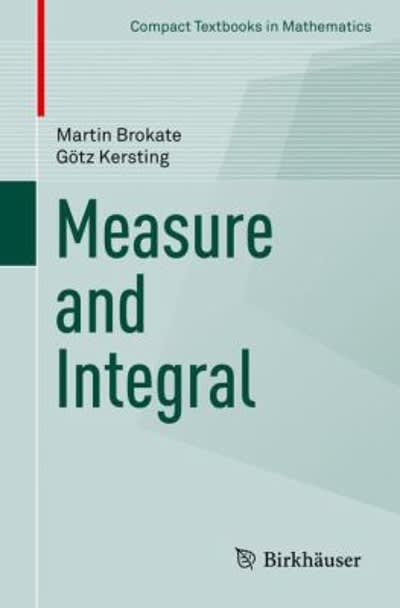Question
4. (This problem assumes knowledge of the basic rules of baseball.) George Lindsey (1959) looked at box scores of more than 1000 baseball games and
4. (This problem assumes knowledge of the basic rules of baseball.) George Lindsey (1959) looked at box scores of more than 1000 baseball games and found the expected number of runs scored in an inning for each on-base and out situation to be as listed in the file P06_64.xlsx. For example, if a team has a man on first base with one out, it scores 0.5 run on average until the end of the inning. You can assume throughout this problem that the team batting wants to maximize the expected number of runs scored in the inning. a. Use this data to explain why, in most cases, bunting with a man on first base and no outs is a bad decision. In what situation might bunting with a man on first base and no outs be a good decision? b. Assume there is a man on first base with one out. What probability of stealing second makes an attempted steal a good idea?
George Lindsey baseball data
Table of expected runs Bases occupied
Outs None First Second Third First, second First,third Second,third All bases
0 0.46 0.81 1.19 1.39 1.47 1.94 1.96 2.22
1 0.24 0.50 0.67 0.98 0.94 1.12 1.56 1.64
2 0.10 0.22 0.30 0.36 0.40 0.53 0.69 0.82
Step by Step Solution
There are 3 Steps involved in it
Step: 1

Get Instant Access to Expert-Tailored Solutions
See step-by-step solutions with expert insights and AI powered tools for academic success
Step: 2

Step: 3

Ace Your Homework with AI
Get the answers you need in no time with our AI-driven, step-by-step assistance
Get Started


